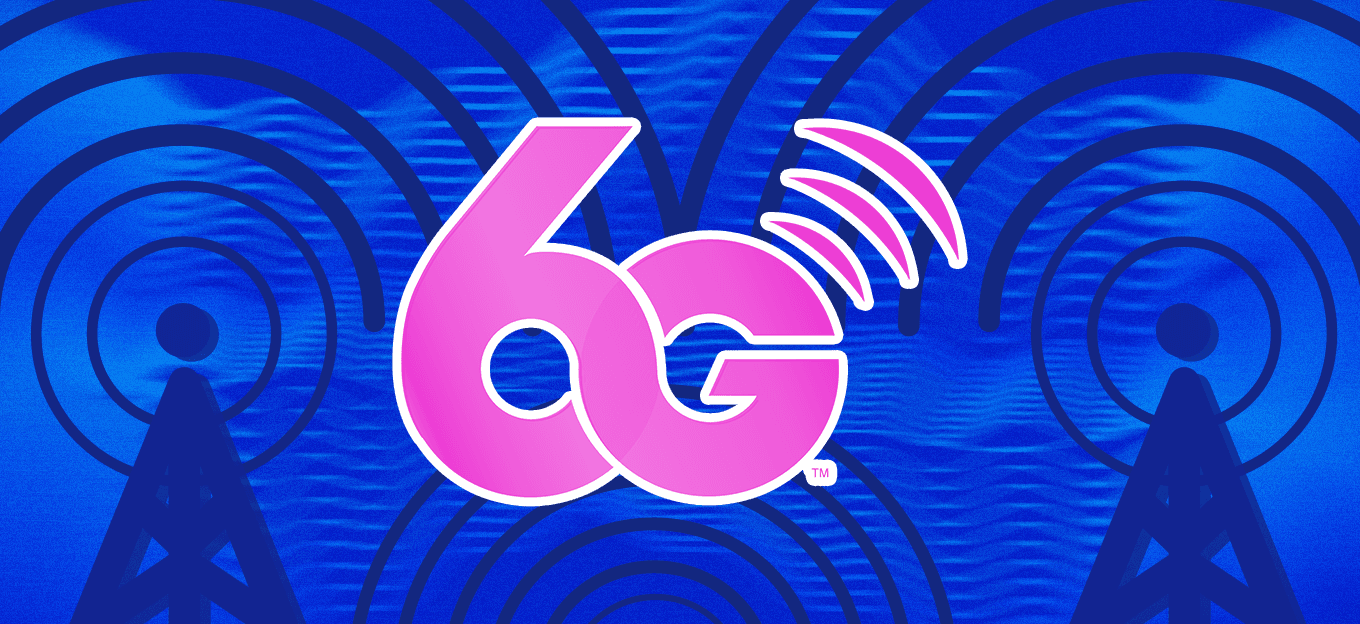Accelerating Cellular IoT and Solving Ecosystem Complexities
Accelerating Cellular IoT and Solving Ecosystem Complexities
- Last Updated: December 2, 2024
Telna
- Last Updated: December 2, 2024



The global onset of Covid-19 has brought the reality of combined healthcare and economic challenges at home. As a result, enterprises are forced to examine how business continuity can be assured during times of social distancing.
Industry consensus and research revealed that cellular IoT stands to benefit significantly, with 11 billion connections predicted for 2025. Here, connectivity is used to support business continuity strategies across various Applications, including healthcare, remote work, automation, and supply chains.
With demand from several industry verticals now emphasizing the need for future business risk mitigation, the cellular IoT market will be under pressure to react with simple solutions.
Reducing Cellular IoT Complexity
Increased demand for cellular IoT is assured. The question is: do the challenges that have plagued the industry in the past exist today?
The complexity surrounding connectivity has often reared its head in the past. For example, Vodafone’s entry into the Brazilian M2M market cost them 2.5 years of lost revenue because they have to develop a local solution. Meanwhile, similar connectivity challenges have made life difficult for IoT systems integrators, who must often navigate a fragmented market. The net effect is that elongating an already protracted M2M deployment timeline leads to less revenue and lower customer interest.
While programmable SIMs and the GSMA-standardized eSIM exist today, assuring always-on connectivity can still be a challenge. For instance, roaming agreements secured by the connectivity partner may not cover the target operational area. Meanwhile, the eSIM platform's profile swapping is not so simple, with agreements and complex API integration required.
New business models like hub exchange marketplaces are emerging to move this complexity into the background to meet these challenges. This will allow actors along the IoT value chain to focus on their core strengths.
Simplicity: Benefits All and Increases Market Traction
Why is this important, and what does it mean for players in IoT? The answer lies in the fact that the IoT does not operate within a localized marketplace. Cellular modules, SIMs, and the connected devices are globally distributed, and, often, the final country of operation for any given device is unknown.
As noted earlier, country-by-country connectivity has different requirements. Consequently, it is challenging to produce single-SKU (Stock-Keeping Unit) products to address IoT requirements in a global market. If the industry can achieve this, it would certainly go a long way to reducing fundamental complexities for module makers as well as IoT systems integrators and cellular connectivity providers. In turn, this would serve to reduce time-to-market as well as deployment costs.
Lower CAPEX Investments and Better Customer Retention
What do these elements mean specifically for MNOs, MVNOs, and systems integrators? In the first instance, the programmable SIM or eUICC means that a customer can be served anywhere in the world according to business requirements, local regulations, and market constraints. Secondly, the hub exchange model means that CAPEX infrastructure investment is not required, transferring spend towards an OPEX model. This lowers the overall risk in the IoT strategy. Finally, where platform interoperability is facilitated via the hub, the customer's billing relationship is retained regardless of where devices are operating.
With demand from several industry verticals now emphasizing the need for future business risk mitigation, the cellular IoT market will be under pressure to react with solutions that meet simple, transparent, and secure connectivity requirements. In turn, this will mean that partnerships and alliances must be formed to provide a:
- Simple connect and deploy models for module makers, reducing their need to secure their own roaming agreements.
- Transparent and secure platform for connectivity, billing, and life cycle management ensures that handover between connectivity providers is seamless.
- Reduction in ecosystem fragmentation to reduce time-to-market and revenue loss experienced by systems integrators and mobile operators.
The Most Comprehensive IoT Newsletter for Enterprises
Showcasing the highest-quality content, resources, news, and insights from the world of the Internet of Things. Subscribe to remain informed and up-to-date.
New Podcast Episode

IoT and AI in 2026
Related Articles



